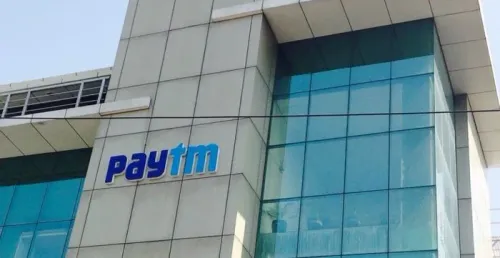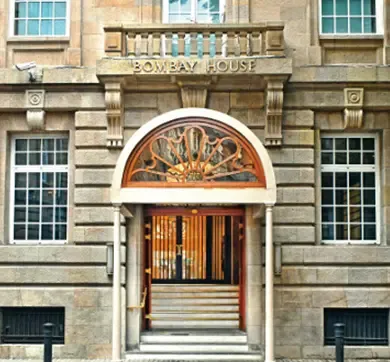How Did Commercial Development Anchor Deal Value in India from April to June?

Synopsis
Key Takeaways
- Commercial development constituted 62% of investment in April-June.
- A total of 17 transactions were worth $1.3 billion.
- Institutional capital remains focused on resilient income-generating assets.
- Two IPOs raised $243 million in Q2.
- The sector anticipates India’s largest-ever REIT issue.
New Delhi, July 15 (NationPress) Commercial development has maintained its role as the cornerstone of deal value in India during the April-June timeframe this year, constituting 62 percent of total investments. This trend reflects a strong interest from institutional capital in resilient and income-generating assets, as highlighted in a report released on Tuesday.
During this quarter, there were 17 transactions totaling $1.3 billion (including IPOs and QIPs), with 13 deals amounting to $775 million when excluding public market activities.
According to the report by Grant Thornton Bharat, “With the momentum of SM REIT building up and India’s largest-ever REIT issue anticipated in the second half of the year, the sector enters H2 with a sense of cautious optimism and a focus on institutional investment.”
The first half of 2025 signifies a recalibration within the real estate sector for enhanced long-term stability.
Shabala Shinde, Partner and Real Estate Industry Leader at Grant Thornton Bharat, explained, “Although overall deal values have moderated, institutional capital is consistently flowing into commercial platforms, highlighting the resilience of this asset class. The resurgence of IPOs and SME REIT activity, coupled with the anticipation of India’s largest REIT, suggests that capital markets are preparing to play a more significant role in driving real estate growth.”
As we transition into H2, the sector appears well-positioned for a more mature, innovation-driven investment cycle, Shinde noted.
The April-June period witnessed an uptick in capital market activity, with two IPOs raising $243 million and two QIPs totaling $245 million.
This shift represents a marked improvement from the inactivity seen in Q1, reflecting a gradual restoration of investor confidence, particularly in income-generating and platform-led real estate models.
The Small and Medium Real Estate Investment Trusts (SM REITs) segment also gained traction, with new registrations indicating greater public market access for mid-sized developers.
These developments suggest a cautious yet steady re-engagement with listed instruments, setting the foundation for deeper integration of capital markets in H2, according to the report.









